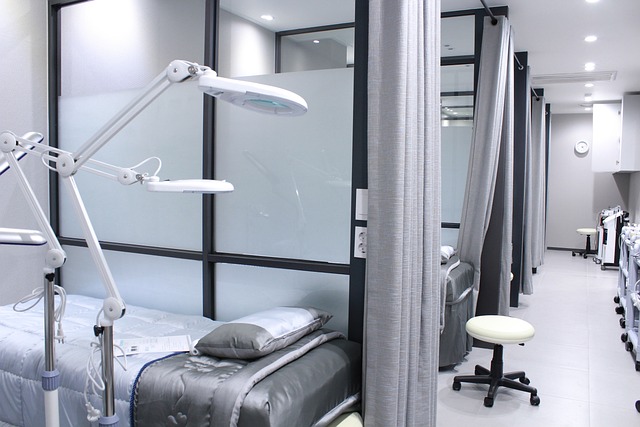EMS Training: Essential Skills and Career Pathways
Emergency Medical Services (EMS) training prepares people to provide urgent pre-hospital care, stabilize patients, and support clinicians at hospitals and on-scene. Training programs combine classroom instruction, hands-on skills labs, simulated scenarios, and supervised clinical or field internships. Students learn assessment, airway management, bleeding control, cardiac monitoring, medication administration, and patient transport considerations—skills that apply across ambulances, event medical coverage, and disaster response roles.

This article is for informational purposes only and should not be considered medical advice. Please consult a qualified healthcare professional for personalized guidance and treatment.
What are emergency medical services?
Emergency medical services describe the system of care that responds to sudden illness or injury outside a hospital. EMS includes dispatch centers, ambulances, first responders, and emergency departments working together to perform triage, initial treatment, and rapid transport. The scope of care depends on local protocols and provider qualifications; some regions rely heavily on volunteer responders or fire-based EMS, while others have dedicated ambulance agencies. Understanding how EMS integrates with public safety and hospitals helps communities plan effective local services and measure response capabilities.
How does EMS training prepare responders?
EMS training blends theory with practical drills to build competence under pressure. Typical curriculum covers anatomy and physiology, patient assessment, trauma and medical care, pharmacology basics, and legal/ethical considerations. Simulations and ride-alongs give trainees exposure to real calls and teamwork with paramedics and emergency physicians. Certification levels vary—EMT (Emergency Medical Technician) programs are shorter and focus on basic life support, while advanced courses add cardiac monitoring, IV therapy, and limited medication administration. Continued education and recertification keep skills current as protocols evolve.
What does a paramedic do in the field?
A paramedic provides advanced pre-hospital care and clinical decision-making that can be critical when time is limited. Paramedic responsibilities often include advanced airway management, interpreting ECGs, establishing vascular access, administering a broader range of medications, and managing complex trauma or medical emergencies. Paramedics routinely coordinate with ambulance crews, emergency departments, and sometimes specialty services like air transport. Their role emphasizes rapid assessment, stabilization, and communication so receiving facilities are prepared for incoming patients.
How is an ambulance staffed and equipped?
Ambulance staffing models depend on regional needs and regulations. Many services pair an EMT with a paramedic; others use two paramedics or EMT-basic crews for non-critical transports. Ambulances are equipped for monitoring (cardiac monitors, pulse oximeters), respiratory support (oxygen delivery, bag-valve masks, supraglottic airways), immobilization devices, hemorrhage control supplies, and medication kits appropriate to crew qualifications. Equipment inventories are standardized by many services to ensure consistent care. Crew training in equipment use and scene safety is as important as clinical skills for effective patient outcomes.
How does EMS fit into broader healthcare?
EMS bridges community-based emergencies and definitive hospital care. Pre-hospital interventions can reduce time to critical treatments such as thrombolytics for stroke or reperfusion for myocardial infarction. EMS also participates in public health initiatives like vaccination drives, community paramedicine programs, and injury prevention efforts. Integration with local hospitals, public health departments, and social services can improve continuity of care and reduce unnecessary emergency department visits. Collaboration helps align resources for surge events, mass-casualty incidents, and disaster response.
Conclusion
EMS training equips individuals with a mix of technical skills, clinical judgment, and teamwork capabilities essential for frontline response. Whether pursuing a career as an EMT, paramedic, or supporting EMS through dispatch and hospital coordination, education and practical experience form the foundation for safe, effective pre-hospital care. Local services and agencies shape the specific roles and protocols, but the core aim remains consistent: timely assessment, stabilization, and handoff to definitive care providers.






